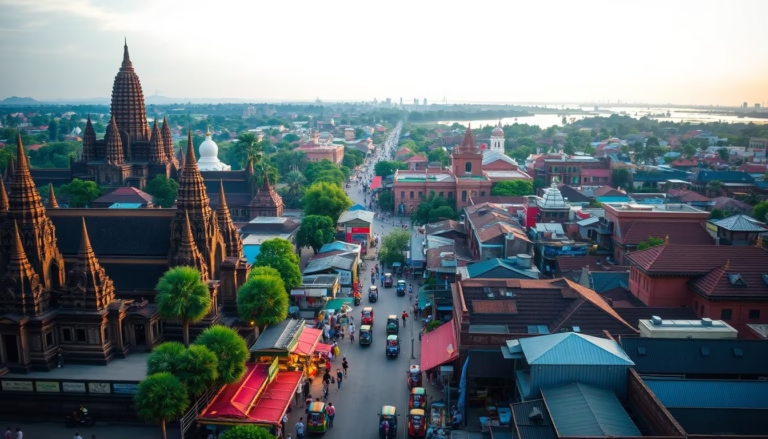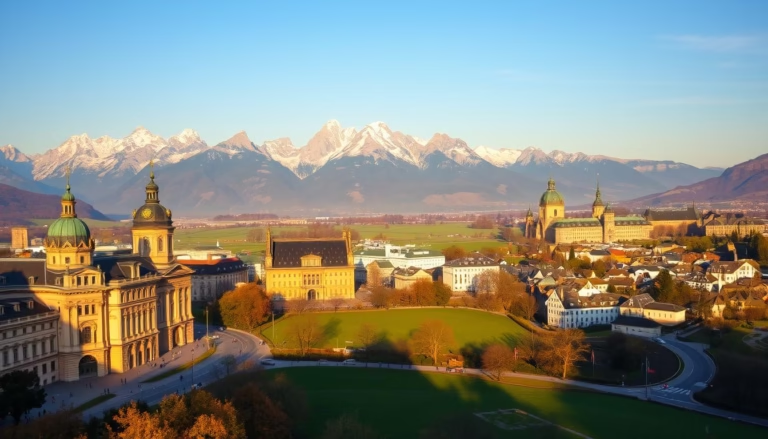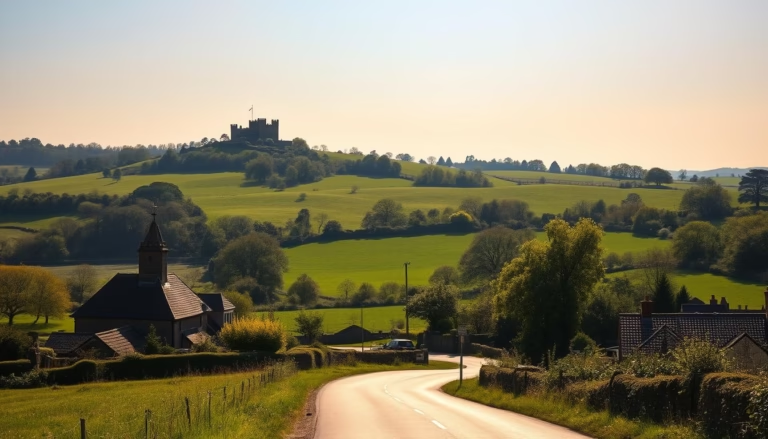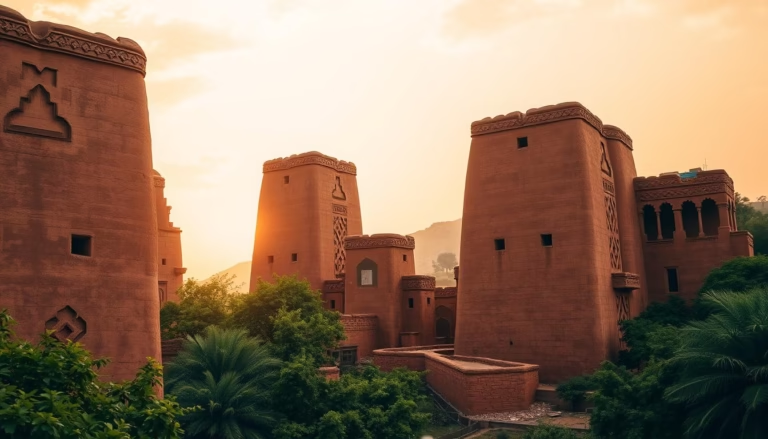Best Cities to Visit in Mexico: A Travel Guide
Did you know over 80% of international travelers only explore Mexico’s beaches and resorts? While coastal hotspots like Cancun draw crowds, this vibrant country hides a treasure trove of colonial architecture, bustling markets, and culinary traditions waiting to be discovered. From cobblestone streets lined with rainbow-colored buildings to ancient pyramids towering over modern skylines, Mexico’s urban destinations offer far more than sunbathing.
This guide uncovers the hidden gems and cultural capitals that define Mexico’s soul. You’ll find lively hubs where mariachi bands fill plazas at dusk and quiet towns where artisans craft pottery using centuries-old techniques. Whether you’re drawn to diverse locations like Oaxaca’s food scene or Guanajuato’s underground tunnels, each place tells a unique story.
We’ve combined firsthand travel experiences with tips from bloggers who’ve lived locally. You’ll learn how to navigate markets bursting with handmade textiles, where to taste mole sauces simmered for days, and why certain spots are safer for tourists. Ready to trade crowded beaches for authentic adventures? Let’s dive in.
Key Takeaways
- Mexico’s urban areas offer rich history beyond beaches, including UNESCO sites and colonial landmarks
- Local cuisine varies dramatically between regions, with street food stalls and fine dining alike
- Many destinations blend modern amenities with well-preserved traditions
- Seasoned travelers recommend off-peak visits for lower prices and smaller crowds
- Public transportation and guided tours make navigating cities straightforward
Introduction: Discover Mexico’s Rich Tapestry
Mexico’s true magic lies beyond postcard-perfect beaches—it’s etched into centuries-old pyramids, whispered through mariachi ballads, and woven into colorful textiles at local markets. Many first-time visitors are surprised to find welcoming communities and UNESCO-protected landmarks where ancient traditions thrive alongside modern life.
While media headlines often focus on isolated issues, those who spend time here discover a nation bursting with contrasts. You’ll find:
- Indigenous villages preserving pre-Hispanic languages
- Spanish colonial churches glowing at sunset
- Cutting-edge art galleries in revitalized neighborhoods
From bustling cities in Mexico to quiet towns where time moves slower, every place tells a layered story. A weekend in Mexico City reveals Aztec ruins beside skyscrapers, while day trips to smaller locales showcase family-run mezcal distilleries and pottery workshops unchanged for generations.
“You don’t just see Mexico—you feel it in your bones,” says Ana Martínez, a tour guide from Oaxaca. This emotional connection keeps travelers returning, always discovering new corners of this vast cultural mosaic.
Why Mexico is a Must-Visit Destination
Mexico’s heartbeat pulses through layers of civilizations—ancient pyramids whisper secrets beneath cosmopolitan plazas, while cobblestone streets lead to cutting-edge galleries. This dynamic fusion creates destinations where 16th-century convents host modern art exhibits and pre-Hispanic recipes get gourmet twists.
History and Modern Charm
Walk through San Miguel de Allende, where rose-colored architecture tells stories of silver barons and revolutionaries. The town’s iconic Parroquia de San Miguel Arcángel church blends Gothic spires with local craftsmanship—a visual metaphor for Mexico itself. Nearby, Mexico City’s Templo Mayor archaeological site sits steps from sleek rooftop bars.
You’ll find this duality everywhere:
- Aztec ball courts repurposed as community gathering spaces
- Art deco buildings housing contemporary mezcalerías
- Indigenous markets next to boutique hotels
Embracing Local Culture
In Mexico, culture isn’t observed—it’s lived. Join grandmothers grinding masa for tortillas at dawn, or dance alongside papier-mâché giants during León’s International Balloon Festival. Each region boasts distinct flavors: Oaxaca’s mole negro sauce contains over 30 ingredients, while Yucatán’s cochinita pibil slow-roasts in banana leaves.
“Our kitchens are time machines,” says chef Elena Ramírez. “One bite transports you through generations.”
From San Miguel’s artisan workshops to Puebla’s talavera tile studios, local creators keep traditions vibrant. Nightly mariachi performances in Guadalajara’s plazas prove Mexico’s soul remains joyfully accessible to those willing to engage.
Exploring the best cities to visit in mexico
Imagine wandering through streets where Baroque churches cast shadows on bustling markets selling alebrijes (colorful folk art). Mexico’s urban landscapes thrive on contrasts—ancient meets modern, rugged mountains hug sandy shores, and quiet plazas erupt with mariachi energy after sunset.
At the country’s core lies Mexico City, a sprawling metropolis where 21 million residents navigate historic canals and neon-lit nightlife. Don’t miss:
- Chapultepec Park—twice the size of Central Park
- Coyoacán’s cobblestone lanes where Frida Kahlo painted
- Lucha libre matches at Arena México
Two hours north, San Miguel feels like a European village dipped in terracotta hues. Its UNESCO-protected center dazzles with rooftop terraces perfect for sunset margaritas. Locals swear by Tuesday market days when the Jardín square fills with flower vendors and street musicians.
| City | Vibe | Highlights | Best For |
|---|---|---|---|
| Mexico City | Electric | Museums, food tours | Culture lovers |
| San Miguel | Romantic | Colonial architecture | Weekend escapes |
| Puerto Vallarta | Laid-back | Beaches, jungle hikes | Nature enthusiasts |
For coastal charm, Puerto Vallarta delivers palm-fringed beaches backed by the Sierra Madre. The Malecón boardwalk comes alive at night with fire dancers and fresh ceviche stalls. “Our secret?” laughs local fisherman Ernesto García. “The ocean gives us flavors no restaurant can copy.”
These three spots showcase why urban Mexico belongs on every bucket list. Whether you’re gallery-hopping in Condesa or sipping mezcal under San Miguel’s pink-stone arches, each place reveals new layers of this endlessly surprising country.
Hidden Gems and Offbeat Towns
Step into towns where time bends to the rhythm of church bells and artisans’ chisels. Beyond Mexico’s famous urban hubs lie historic centers glowing with terracotta hues and plazas where generations share stories over café de olla. These small town treasures—many recognized as UNESCO World Heritage sites—preserve traditions often overshadowed by beach resorts.
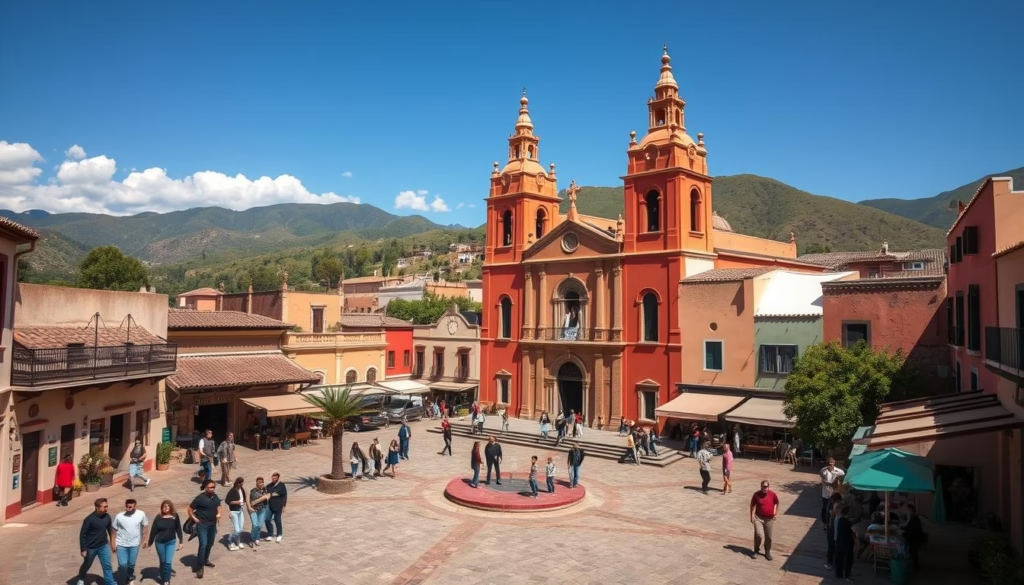
Quaint Colonial Towns
Guanajuato’s streets twist like ribbons through hillsides, revealing hidden courtyards and theaters carved from pink sandstone. Locals call their labyrinthine alleys callejones—perfect for spontaneous discoveries. In Campeche, sea-blue facades contrast with ornate iron balconies, creating a living museum of Spanish colonial design.
“Our main square isn’t just a place—it’s our living room,” says María Hernández, a third-generation resident. Morning markets here burst with chaya leaves and hand-embroidered textiles, while evenings bring guitarists serenading couples under jacaranda trees.
Small Town Charm
Life moves slower in these town centers. In Pátzcuaro, fishermen still mend nets using techniques from the 1500s, while Taxco’s silversmiths hammer intricate jewelry beside 18th-century churches. You’ll find:
- Family-run pozole stalls simmering for 12+ hours
- Cobblestone streets free of traffic noise
- Artisan workshops where craft skills pass to apprentices
These small town escapes prove Mexico’s soul thrives where visitors linger beyond day trips. As the sun dips behind bell towers, you’ll understand why these places capture hearts more powerfully than any crowded resort.
UNESCO World Heritage Sites and Cultural Landmarks
Mexico’s 35 UNESCO World Heritage designations—more than any other country in the Americas—tell stories etched in stone and preserved in vibrant town squares. These heritage sites bridge eras, from Maya astronomers calculating celestial patterns to Spanish colonists shaping urban grids still thriving today.
Ancient Ruins
Chichen Itza’s pyramid-like El Castillo dominates the Yucatan Peninsula, its 365 steps aligning with solstice shadows. Built by the Maya between 600-900 AD, this world heritage site reveals advanced engineering: the Temple of Kukulcan creates an illusion of a serpent slithering down its staircase during equinoxes. Nearby, Uxmal’s intricate geometric facades showcase Puuc-style architecture rarely seen elsewhere.
Historic Centers
Colonial cities like Guanajuato and San Miguel de Allende dazzle with pink limestone buildings framing cobblestone lanes. Their historic centers retain original layouts mandated by 16th-century Spanish kings, blending European design with local materials. The main square in Querétaro features Baroque churches adorned with gold leaf, while Puebla’s Talavera-tiled buildings glow like ceramic mosaics.
| Site | Era | Unique Feature |
|---|---|---|
| Chichen Itza | Maya (600-900 AD) | Astronomical alignments |
| Guanajuato | Colonial (1500s) | Underground road network |
| Oaxaca Valley | Mixtec-Zapotec (500 BC) | Intact ceremonial centers |
Conservation teams work tirelessly to maintain these UNESCO World Heritage locations. Modern cafes now occupy 17th-century convents, and artisan markets thrive in plazas once trod by silver traders. For deeper exploration, check out this guide to 16 must-visit gems that bring Mexico’s layered history to life.
Coastal City Escapes and Beach Getaways
Where jungle-covered peaks meet golden sands, Mexico’s shoreline blends urban energy with untamed beauty. These destinations prove coastal living isn’t just about sand between your toes—it’s fresh ceviche at sunset, salsa rhythms echoing over waves, and fishermen hauling in the day’s catch.
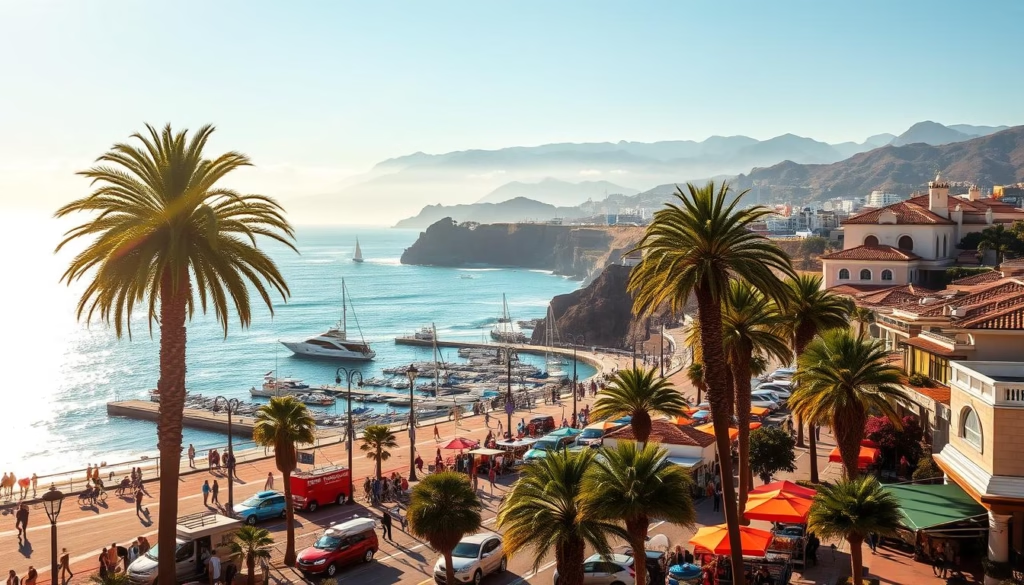
Sun-Kissed Beaches
Puerto Vallarta dazzles with its dramatic setting—the Sierra Madre mountains plunge into Banderas Bay, creating secluded coves and surf-ready swells. The Malecón boardwalk buzzes with galleries and open-air cafes, while Zona Romántica’s cobblestone streets lead to tucked-away taco stands. “Our secret?” laughs chef Luis Ortega. “The ocean gifts us flavors no kitchen can replicate.”
Further north, Mazatlán’s 13-mile golden coastline invites sunrise strolls past pastel-hued buildings. Its historic center, Centro Histórico, pairs 19th-century architecture with lively mercados selling shrimp-stuffed empanadas. For more hidden seaside gems, explore these beach towns in Mexico.
| Location | Signature Experience | Vibe |
|---|---|---|
| Puerto Vallarta | Jungle-to-sea zip-lining | Artsy & energetic |
| Mazatlán | Cliff diving at El Salto | Retro-chic |
| Ixtapa | Turtle releases at Playa Quieta | Family-friendly |
Water adventures abound across these areas. Snorkelers glide past neon fish in Puerto Vallarta’s Los Arcos, while Mazatlán’s deep-sea charters reel in marlin. Evenings bring beachfront palapa bars serving smoky mezcal cocktails as locals dance barefoot in the sand.
Savoring Mexican Street Food and Local Cuisine
Mexico’s culinary soul thrives on sizzling griddles and family recipes passed through generations. Each city offers distinct flavors shaped by local crops, ancestral techniques, and lively market culture. From smoky tacos al pastor spinning on vertical spits to earthy mole sauces simmered for days, every bite tells a story.
Must-Try Street Eats
Guadalajara’s torta ahogada (“drowned sandwich”) delivers a spicy punch with tomato-chili sauce drenching pork-filled bread. Oaxaca’s street food scene shines with tlayudas—crispy tortillas piled with beans, cheese, and chapulines (grasshoppers). One favorite among locals? Memelas topped with squash blossoms in markets like Mercado 20 de Noviembre.
For a perfect day trip, head to Puebla. Its cemitas sandwiches overflow with avocado and chipotle-marinated meats. Street vendors craft these delights using recipes unchanged for centuries. “Food here isn’t just eaten—it’s shared,” says María Gómez, a third-generation cook. Whether you’re grabbing quick bites or lingering at a place like Oaxaca’s food stalls, every meal becomes a celebration of tradition.
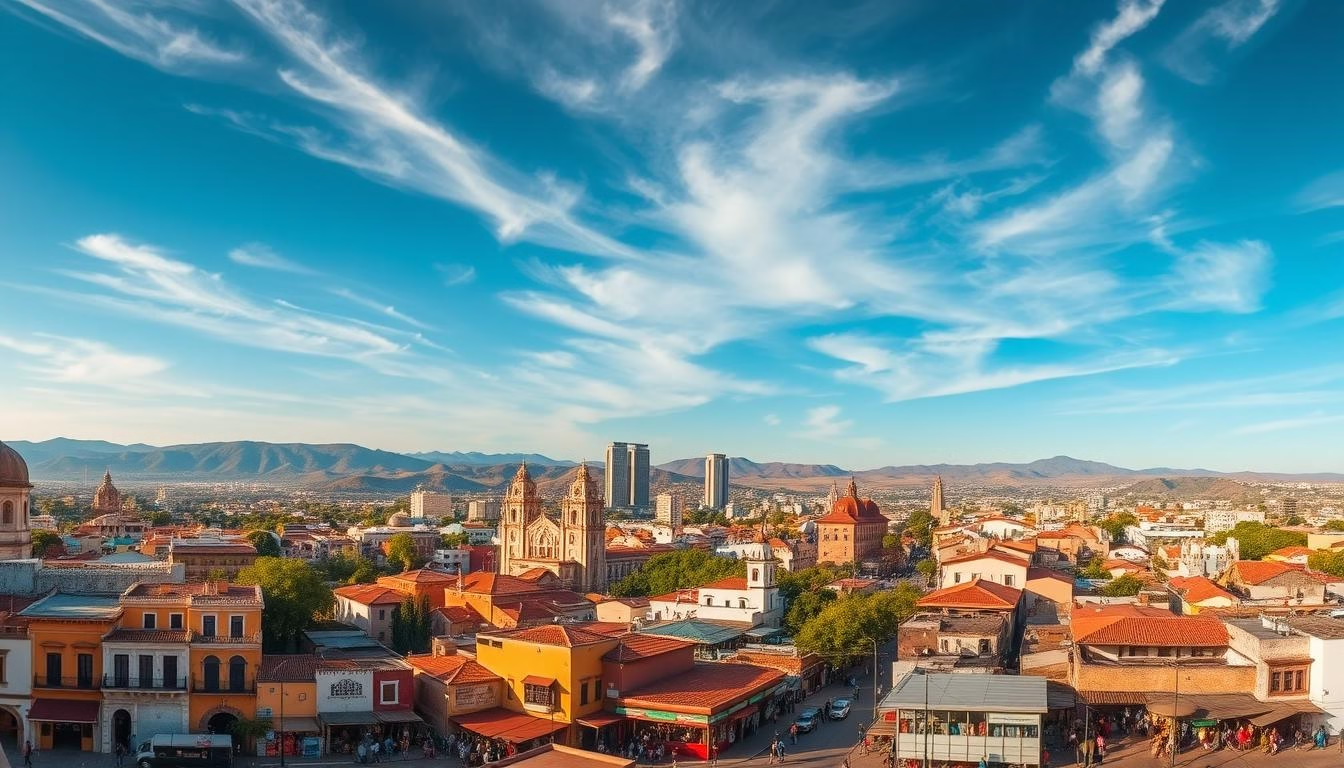
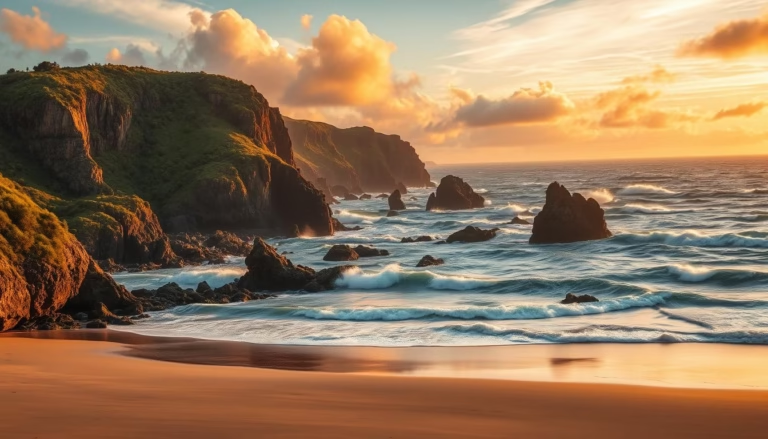
![Experience the Thrill of Helicopter Rides in [Location] 3 helicopter rides](https://boundlesstour.com/wp-content/uploads/2025/08/helicopter-rides-768x439.avif)
